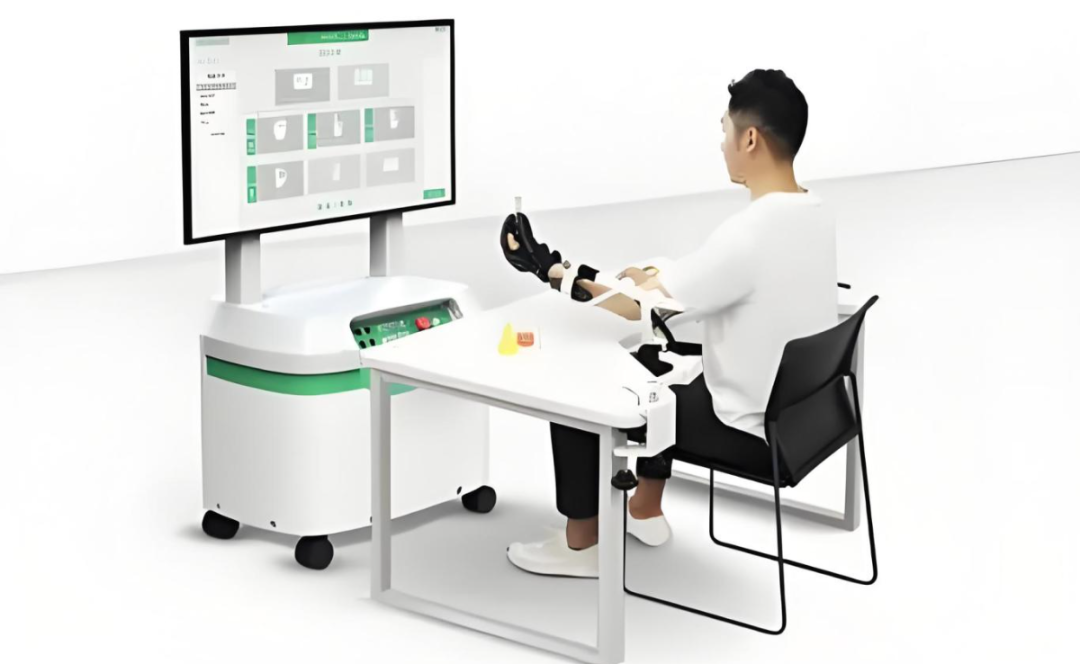With the increase in aging population and the incidence of chronic diseases, the number of patients with hand dysfunction is rising year by year. Traditional hand rehabilitation therapy relies on physical therapists for one-on-one manual guidance and training, which is time-consuming and labor-intensive, and the therapeutic effect is also affected by the degree of human cooperation. Manual rehabilitation robots provide patients with scientific, effective, and personalized rehabilitation programs, and through virtual reality technology, they provide timely visual feedback to help patients better complete rehabilitation training.

The hand function rehabilitation robot integrates intelligent technologies such as sensors, control, computing, and AI vision with medical technology. With the support of powerful computing power and algorithms, it processes a large amount of sensory data, and the analysis results are used to adjust the training program in real-time; equipped with high-definition display, it supports intuitive display of training content and follow-up effects; supports voice interaction; and visual tracking applications, etc.
Qiyang Intelligent Solution Recommendation
The Qiyang RK3568 core board, based on the ARM high-performance platform, using a quad-core Cortex-A55, with a main frequency up to 2.0GHz, and an integrated 1TOPS NPU to achieve rapid acquisition and processing of hand motion data collected by sensors, and to support complex motion control algorithms; it has a rich set of I/O interfaces to meet the connection requirements for display and other peripheral expansion functions, and to meet the needs of the hand function rehabilitation robot application.
(16) (1).jpg)
The core board supports the simultaneous input of two cameras, which capture the patient's hand movement in real-time for monitoring and evaluation during the rehabilitation process, providing a basis for optimizing subsequent rehabilitation plans;
It supports multiple display interfaces such as MIPI-DSI, LVDS, eDP, and HDMI, providing an intuitive user interface for displaying training status/results and rehabilitation progress, helping patients better follow rehabilitation training guidance; supports audio interfaces to achieve voice guidance and listening feedback, enhancing the patient's application experience;
It supports communication methods such as 4G/5G and WiFi6, which can quickly transmit a large amount of rehabilitation data to the cloud for storage and analysis, helping doctors to make a comprehensive assessment of the patient's rehabilitation condition;
The core board uses industrial-grade electronic components, has good anti-interference capabilities, can resist electromagnetic and pulse interference caused by precision instruments in special medical environments, and maintains the stable operation of the equipment, which is safe and reliable.



